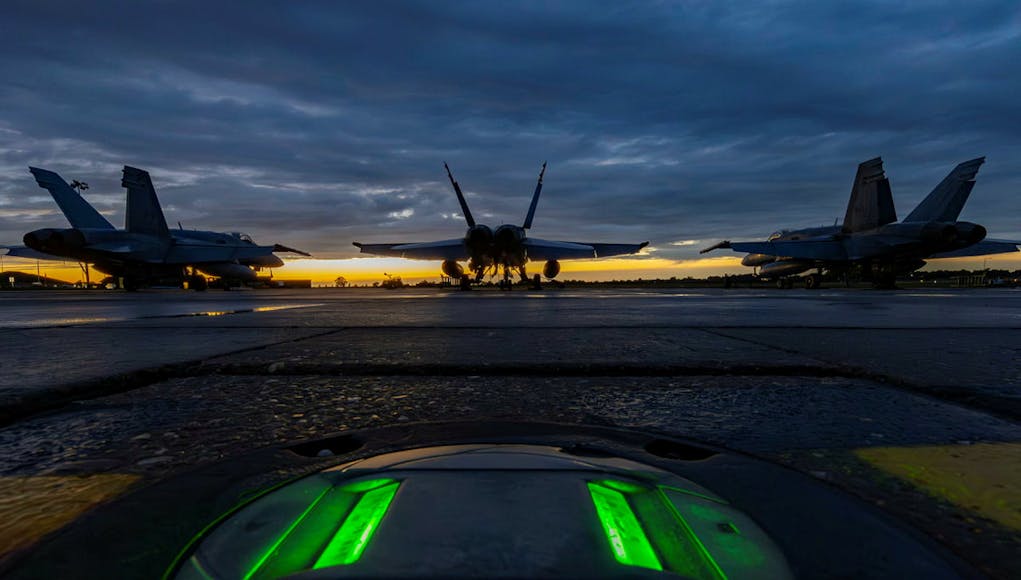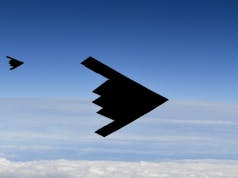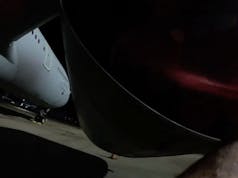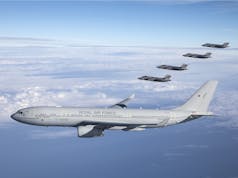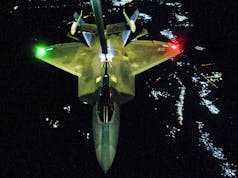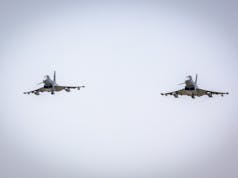The Royal Air Force recently conducted Exercise Cobra Warrior 23-2, a massive multi-nation military operation that involved over 50 aircraft from six allied countries.
This exercise simulated operations against a peer adversary, training night and day.
Participating countries included Canada, the USA, Italy, Norway, Australia, and the UK. Additionally, a NATO aircraft was involved, assisting a fictional country embroiled in conflict to reclaim its sovereign territory.
A senior officer from the RAF’s Air and Space Warfare Centre (ASWC) remarked, “The intent of Exercise Cobra Warrior was to bring allied forces together in order to enhance our ability to work collaboratively on demanding missions, in dynamic threat environments, by day and night. The Exercise met all of its objectives and I am pleased to say was a resounding success.”
The exercise was not limited to the skies. The ASWC coordinated the effort, which spanned across multiple domains: air, sea, land, space, and cyber.
RAF F-35B Lightnings were launched from HMS Queen Elizabeth. Notably, F-35s from both the USA and Norway also took part in the operations.
Also of note, an A400M Atlas, the RAF’s newest transport, swiftly delivered a 25-tonne Multiple Launch Rocket System to a Temporary Landing Zone, testing its targeting precision, and subsequently retrieved it within minutes.
Another high-point of the exercise was at RAF Waddington in Lincolnshire. This location became the temporary base for CF-18 Hornet fighter jets from the Royal Canadian Air Force. These jets received air-to-air refuelling support from their CC-150 Polaris aircraft, based at RAF Lossiemouth in north Scotland. Moreover, Waddington played host to a NATO E-3A Airborne Warning & Control System (AWACS) that oversaw large swathes of battlespace, providing essential surveillance and communication.
The extensive nature of the exercise was also evident in ground operations. Gunners from 51 Squadron RAF Regiment coordinated with the US Air Force’s 56th Rescue Squadron, leveraging their Pave Hawk helicopters for air support.
Their mission: to secure a simulated crash site, rescue injured crew members, and with the aid of British Army Apache and Wildcat helicopters, intercept and detain an enemy commander.


